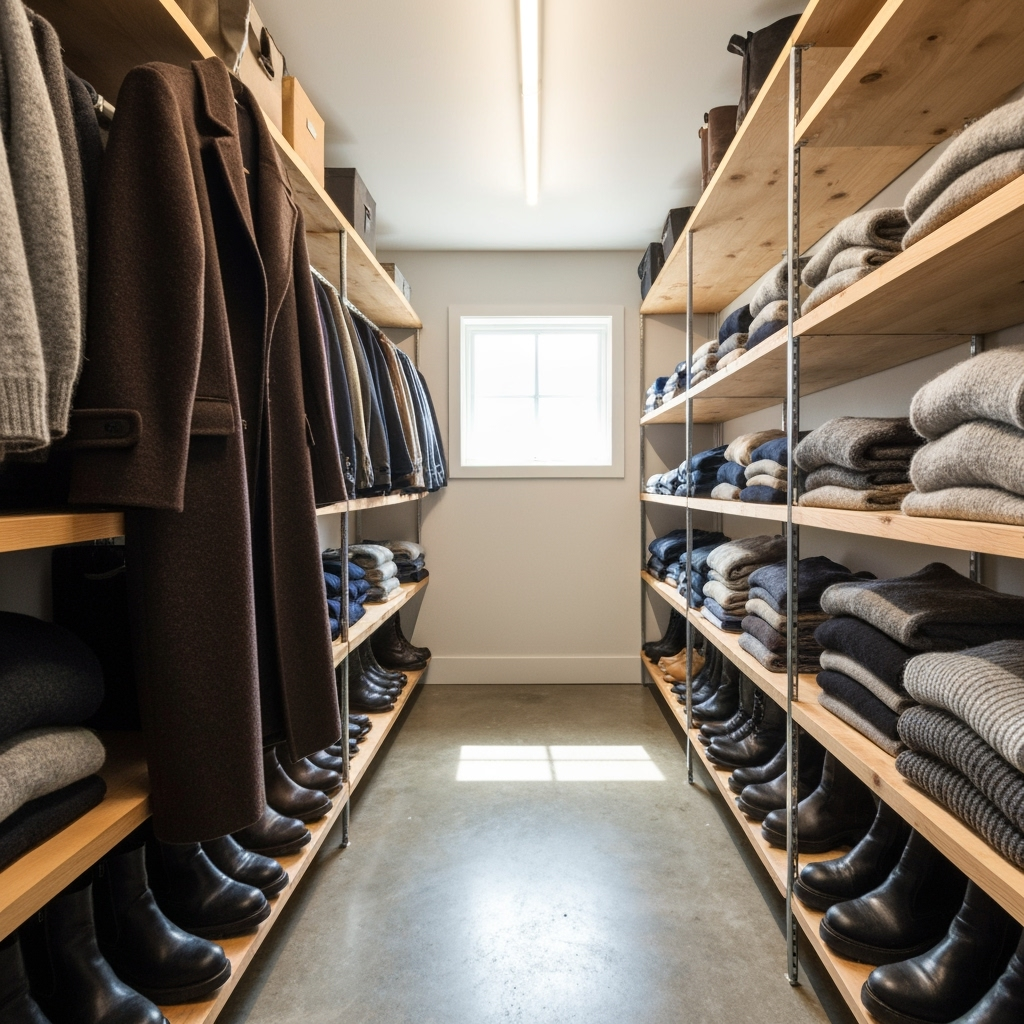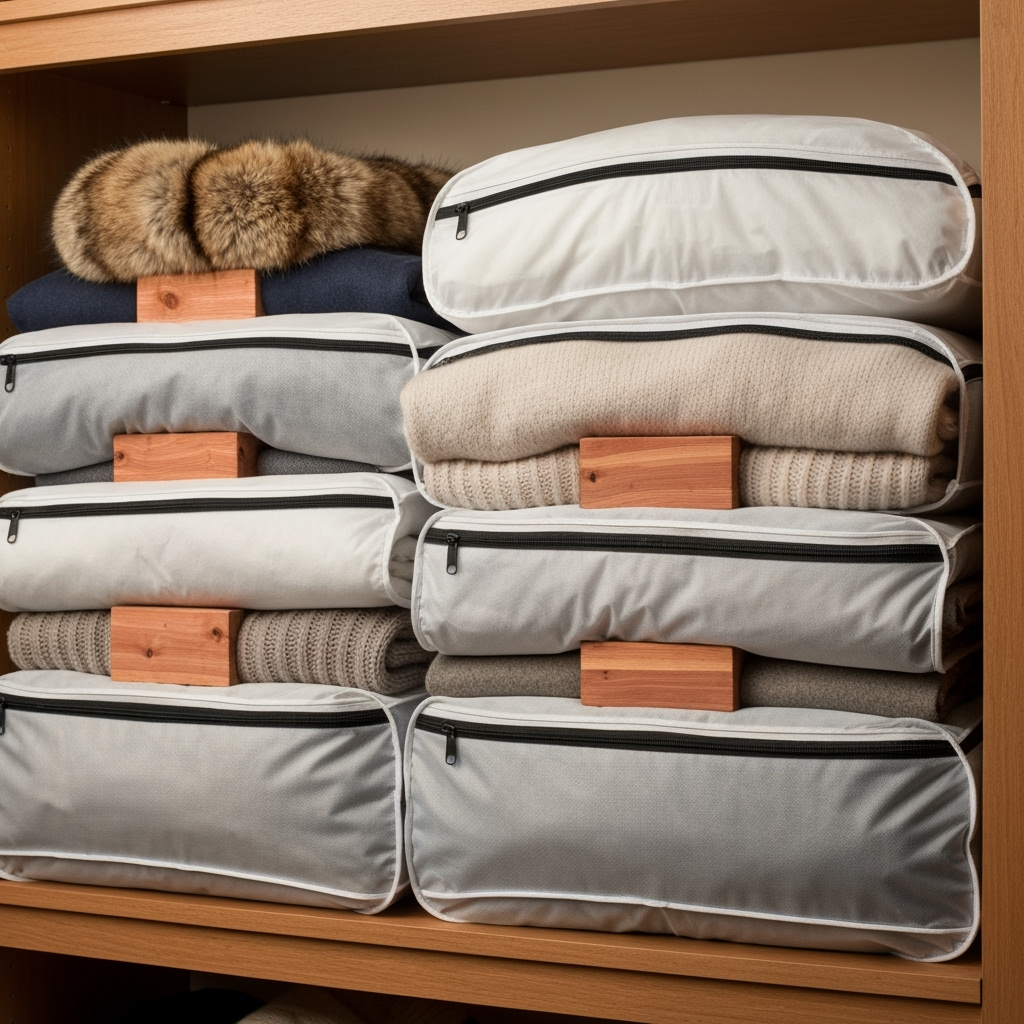
Why Proper Winter Clothing Storage Matters
Quality winter clothing represents a significant investment in both comfort and style. From designer wool coats to technical ski wear, proper storage during off-seasons is crucial for maintaining the integrity and longevity of your cold-weather wardrobe. Climate-controlled storage offers the perfect solution for protecting these valuable items from heat, humidity, and pests.
The Risks of Improper Storage
Without proper storage conditions, winter clothing can face several threats:
- Moth damage to natural fibers
- Mildew growth from humidity
- Fabric degradation from extreme temperatures
- Color fading from direct sunlight
- Shape distortion from improper hanging or folding
Benefits of Climate-Controlled Storage
Climate-controlled storage units maintain consistent temperature and humidity levels year-round, providing ideal conditions for preserving winter clothing. These units typically keep temperatures between 55-85°F and humidity levels at 55%, preventing both moisture damage and dry rot.

Step-by-Step Storage Guide
1. Clean Everything Thoroughly
Before storage, ensure all items are professionally cleaned or laundered according to their care labels. This removes body oils and dirt that can attract insects or cause fabric breakdown.
2. Choose the Right Storage Materials
Invest in quality storage supplies:
- Acid-free tissue paper for delicate items
- Cedar blocks or lavender sachets for natural pest prevention
- Breathable garment bags for hanging items
- Sturdy plastic containers with ventilation
3. Proper Packaging Techniques
Different materials require different storage approaches:
- Wool and cashmere: Use breathable garment bags with cedar blocks
- Down jackets: Store loosely to maintain loft
- Leather boots: Clean, condition, and stuff with acid-free paper
- Winter accessories: Store in sealed containers with moisture absorbers
Organizing Your Storage Unit
Create an efficient system within your climate-controlled unit:
- Label everything clearly
- Keep an inventory list
- Store most-used items at the front
- Use shelving to maximize vertical space
- Leave room for air circulation
When to Store and Retrieve
Timing matters for winter clothing storage:
- Store items by late spring (April-May)
- Retrieve in early fall (September-October)
- Check items mid-season for any issues
Special Considerations for Luxury Items
Designer winter wear requires extra attention:
- Document condition with photos before storage
- Keep original packaging when possible
- Store fur items separately in specialized bags
- Consider professional storage for very valuable pieces
Making the Most of Your Storage Investment
To maximize your climate-controlled storage unit:
- Share space with family members or friends
- Use it for other seasonal items too
- Consider storing formal wear alongside winter items
- Keep an emergency winter outfit easily accessible
Conclusion
Proper storage of winter clothing is an investment in protecting your wardrobe. With climate-controlled storage and the right preparation techniques, you can ensure your winter wear remains in perfect condition season after season. Contact Public Storage today to find the ideal climate-controlled unit for your winter wardrobe storage needs.










Leave a Reply